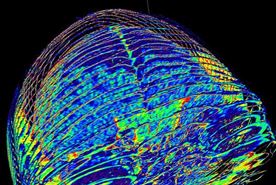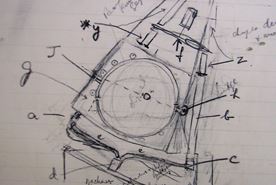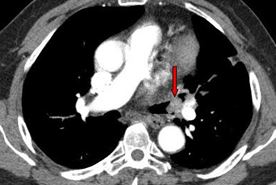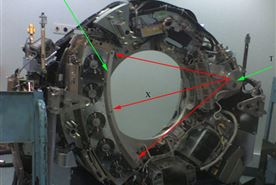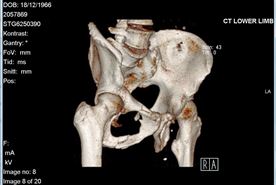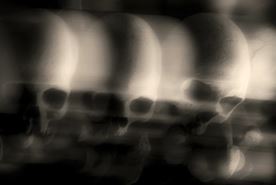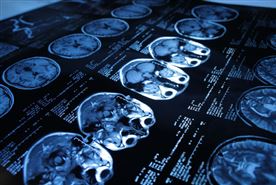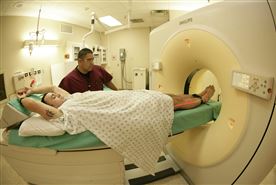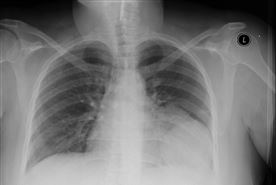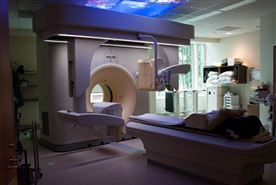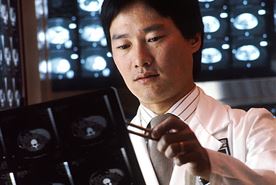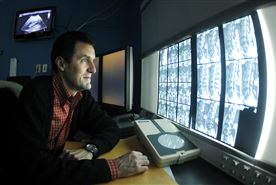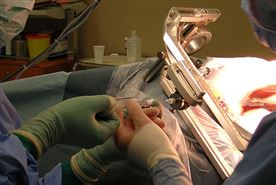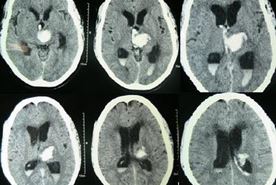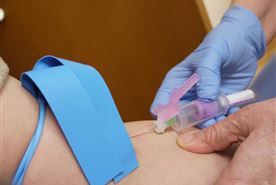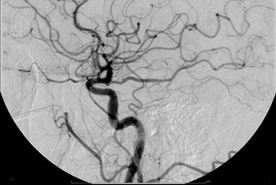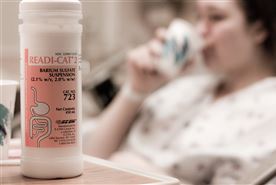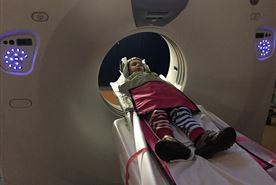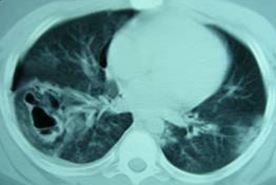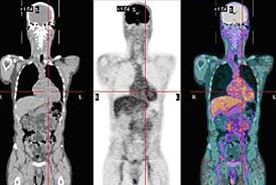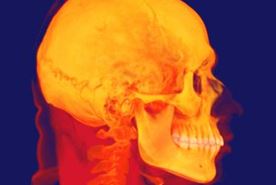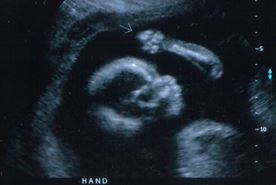YOLA 09A: The CT Scanner - all
Adverb
when something first happened or began
originally
The computed tomography scanner, or CT scanner, was originally designed to provide cross-sectional images of the brain. The word tomography comes from the Greek word tomos, meaning "section," and graphia, meaning "picture."
The computed tomography scanner, or CT scanner, was originally designed to provide cross-sectional images of the brain. The word tomography comes from the Greek word tomos, meaning "section," and graphia, meaning "picture."
Noun
something that is not usual, expected, or normal
abnormalities
Within four years of this development, CT scans, also called CAT scans (computed axial tomography), were restructured, allowing technicians to scan the entire body for evidence of tumours, injuries, and other abnormalities.
Within four years of this development, CT scans, also called CAT scans (computed axial tomography), were restructured, allowing technicians to scan the entire body for evidence of tumours, injuries, and other abnormalities.
Noun
a change in something that makes it no longer true or accurate
distortion
Creating a scanner that could produce images at a faster rate was crucial in the development of tomography, as it reduced the degree of distortion in an image caused when patients breathed and moved.
Creating a scanner that could produce images at a faster rate was crucial in the development of tomography, as it reduced the degree of distortion in an image caused when patients breathed and moved.
Noun
the ability of a device to show an image clearly and with a lot of detail
resolution
As well as providing images with better resolution, today's scanners also provide more comfort for the patient.
As well as providing images with better resolution, today's scanners also provide more comfort for the patient.
Noun
a person whose job relates to the practical use of machines in medicine, industry, etc.
technician
The patient lies still on a special table which slides into a round tunnel, called a gantry. The technician can then rotate the gantry or move it forward and backward in order to obtain the necessary view.
The patient lies still on a special table which slides into a round tunnel, called a gantry. The technician can then rotate the gantry or move it forward and backward in order to obtain the necessary view.
Noun
an image created by using powerful invisible rays, usually used for medical purposes
X rays
Inside the donut-shaped machine, a number of X rays are taken, each producing a small slice of the image that doctors need. When passing through dense tissue such as bone, the beams are weak and appear white in the CT images.
Inside the donut-shaped machine, a number of X rays are taken, each producing a small slice of the image that doctors need. When passing through dense tissue such as bone, the beams are weak and appear white in the CT images.
Verb
to change something into a different form or so that it can be used in a different way
converts
The CT scanner is made up of several computer systems, including the host computer, which organizes the entire process. One computer converts the raw data into an image, while another lets the technician control the gantry.
The CT scanner is made up of several computer systems, including the host computer, which organizes the entire process. One computer converts the raw data into an image, while another lets the technician control the gantry.
Verb
to evaluate or estimate the nature, ability, or quality of
assessing
Physicians order CT scans for a number of different reasons including searching for and assessing: tumours, cysts, kidney stones, and bone injuries. Without CT scans, surgeons would have to perform many needless operations.
Physicians order CT scans for a number of different reasons including searching for and assessing: tumours, cysts, kidney stones, and bone injuries. Without CT scans, surgeons would have to perform many needless operations.
Verb
to force a liquid medicine or drug into someone or something by using a special needle
injected
In many cases, a patient must be given a contrast material before undergoing a CT scan. During "dynamic CT scanning," iodine dye is either injected into the blood or added to a drink that the patient must ingest.
In many cases, a patient must be given a contrast material before undergoing a CT scan. During "dynamic CT scanning," iodine dye is either injected into the blood or added to a drink that the patient must ingest.
Noun
the difference between the dark and light parts of a painting or photograph
contrast
The X ray dye makes it easier to see the organs and blood vessels when the pictures are developed. The intravenous contrast material is used for chest or pelvic scans, while oral-contrast material is used for abdominal scans.
The X ray dye makes it easier to see the organs and blood vessels when the pictures are developed. The intravenous contrast material is used for chest or pelvic scans, while oral-contrast material is used for abdominal scans.
Noun
a damaging immune response to a substance to which the body has become hypersensitive
allergic reaction
In rare cases, patients who receive the contrast material have an allergic reaction. Contrast material also causes water loss and is avoided when scanning patients who suffer from kidney failure.
In rare cases, patients who receive the contrast material have an allergic reaction. Contrast material also causes water loss and is avoided when scanning patients who suffer from kidney failure.
Adjective
causing much discussion, disagreement, or argument
controversial
Full-body scanning, which is saved for serious conditions such as coronary artery disease, remains a controversial procedure.
Full-body scanning, which is saved for serious conditions such as coronary artery disease, remains a controversial procedure.
Noun
a medical treatment or operation
procedures
When pregnant woman require an evaluation, most physicians favour using other procedures such as an ultrasound or an MRI.
When pregnant woman require an evaluation, most physicians favour using other procedures such as an ultrasound or an MRI.
